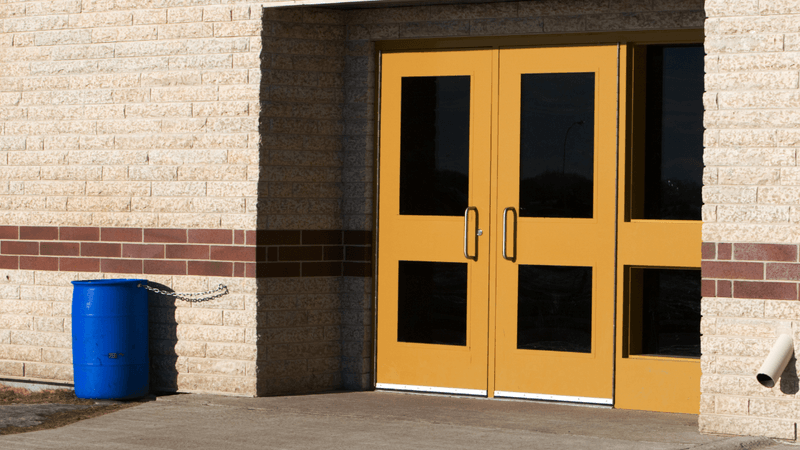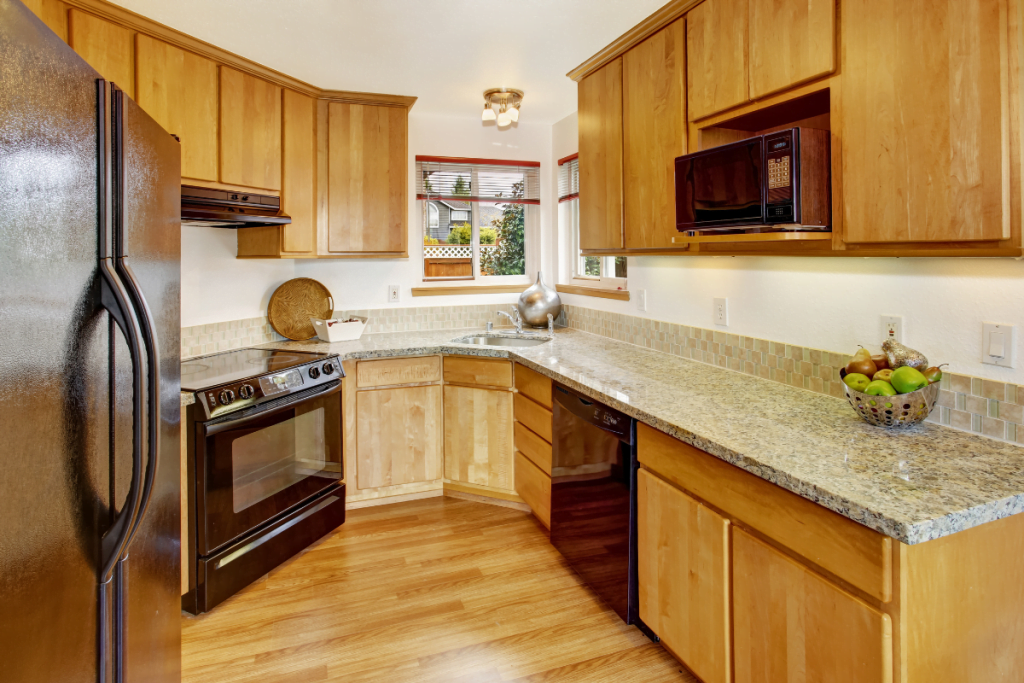Installing pocket doors are a great way to add extra privacy and security to your home. They are also a popular choice for those who want to add a touch of style. If you wish to install a pocket door or have someone do it for you, follow our simple instructions to get the job done right.
What is a Pocket Door?

A pocket door is a type of door that is attached to the wall using brackets. The door glides horizontally between jambs cut on either side to open a pocket door. The carriers that hold the pocket door move along an overhead track, so the door can be opened without taking up space in the room.
One way to prevent the door from slamming too far into the wall is with a bumper installed on the back of the frame or the side of the door. Floor guides prevent the door from moving around in its structure.
Steps to Installing Pocket Doors
What You'll Need for Installing Pocket Doors
You will need a few tools and materials to start installing pocket doors. First, you will need a doorframe that is the correct size for your pocket door. Next, you will need to measure the space where the pocket door will be installed and cut jambs accordingly. Finally, you will need to install an overhead track and carriers.
Equipment / Tools
- Measuring tape
- Hammer
- Level
- Drill
- Circular saw
- Drywall saw
- Screwdriver
- Nail set
- Table saw
Materials
- Pocket door frame
- The pocket door with handle and wheel carriers
- Finishing nails or trimming head screws
- Jamb stock
Instructions for Installing a Pocket Door
- Measure the rough opening for the pocket doorframe. The rough opening should be twice the width of the pocket doorframe plus 3/16" for clearance.
- Install the jamb brackets at the top of each side of the rough opening using screws or nails driven into studs or joists. The brackets should be located at the same height as the doorframe.
- Cut the jambs to fit around the brackets and level them with a level.
- Install the door handle and wheel carriers, following the manufacturer's instructions.
- Hang the pocket door on the jamb brackets using finishing nails or trim head screws. Be sure to check for fit and adjust as needed.
- Drill pilot holes through both sides of the pocket doorframe and into the jambs, then drive screws into each hole to hold them in place.
- Cut a hole in one side of the pocket doorjamb for air circulation, then screw in a fan or ventilation panel (not included).
- Finish installing wall coverings and accessories, if necessary.
FAQ

Can I Install a Pocket Door Into an Existing Wall?
Yes, you can install a pocket door into an existing wall. However, you must ensure that the wall is strong enough to support the door. You must also measure the space carefully and cut the jambs accordingly. You will also need to install an overhead track and carriers.
How Much Does It Cost to Install a Pocket Door?
The cost of installing a pocket door will vary depending on the size of the door, the type of door, and the complexity of the installation. For a standard-sized pocket door, you can expect to pay between $200 and $300 for the doorframe and installation. For a custom-sized pocket door, you can expect to pay between $500 and $1,000 for the doorframe and installation.
How Far Off the Floor Should a Pocket Door Be?
From the finished floor, measure up 80 3/4′′ to 81 1/2′′, leaving 3/4′′ to 1 1/2′′ at the bottom, depending on the clearance required under the door.
Do Pocket Doors Need a Floor Track?
Pocket doors typically only have a top track; however, adding a bottom track is possible with some preparation. Installing the way entails screwing it into the floor; for example, using a router to cut a hole in a wooden base. Doing so makes the sliding door more securely fastened and won't flutter open.
What Type of Door Is Best for a Pocket Door?
A few different types of doors can be used for a pocket door installation. The most popular type of door is the sliding door, which can be made of wood, glass, or metal. Sliding doors are easy to install and offer a clean, sleek look.
Another option is the hinged door, which can also be made of wood, glass, or metal. Hinged doors are more challenging to install but offer a more traditional look.
Finally, there are bifold doors, which fold in half and fit into a pocket. Bifold doors are the most difficult to install but offer the largest opening for a pocket door.
Are Pocket Doors Noisy?
Pocket doors are typically quieter than standard doors because they don't have a regular door jamb. However, if the pocket door is not installed correctly or the hinges are noisy, it can be challenging to quiet the door.
Are Pocket Doors OK for Bedrooms?
While pocket doors are typically quieter than standard ones, they're not the best for bedrooms. Pocket doors are typically smaller in size, which can make them difficult to open and close. Additionally, they can be challenging to install if you have a low clearance under the door.
Conclusion
Pocket doors are a great way to add extra privacy and security to your home. Follow our simple instructions to install a pocket door in no time.
Though not everyone appreciates them, pocket doors are a great space-saving and aesthetically pleasing architectural feature. If you need extra professional help installing pocket doors in your home, look no further than CIB Home Remodeling! Find out if they are a good fit for your home with our assistance.






